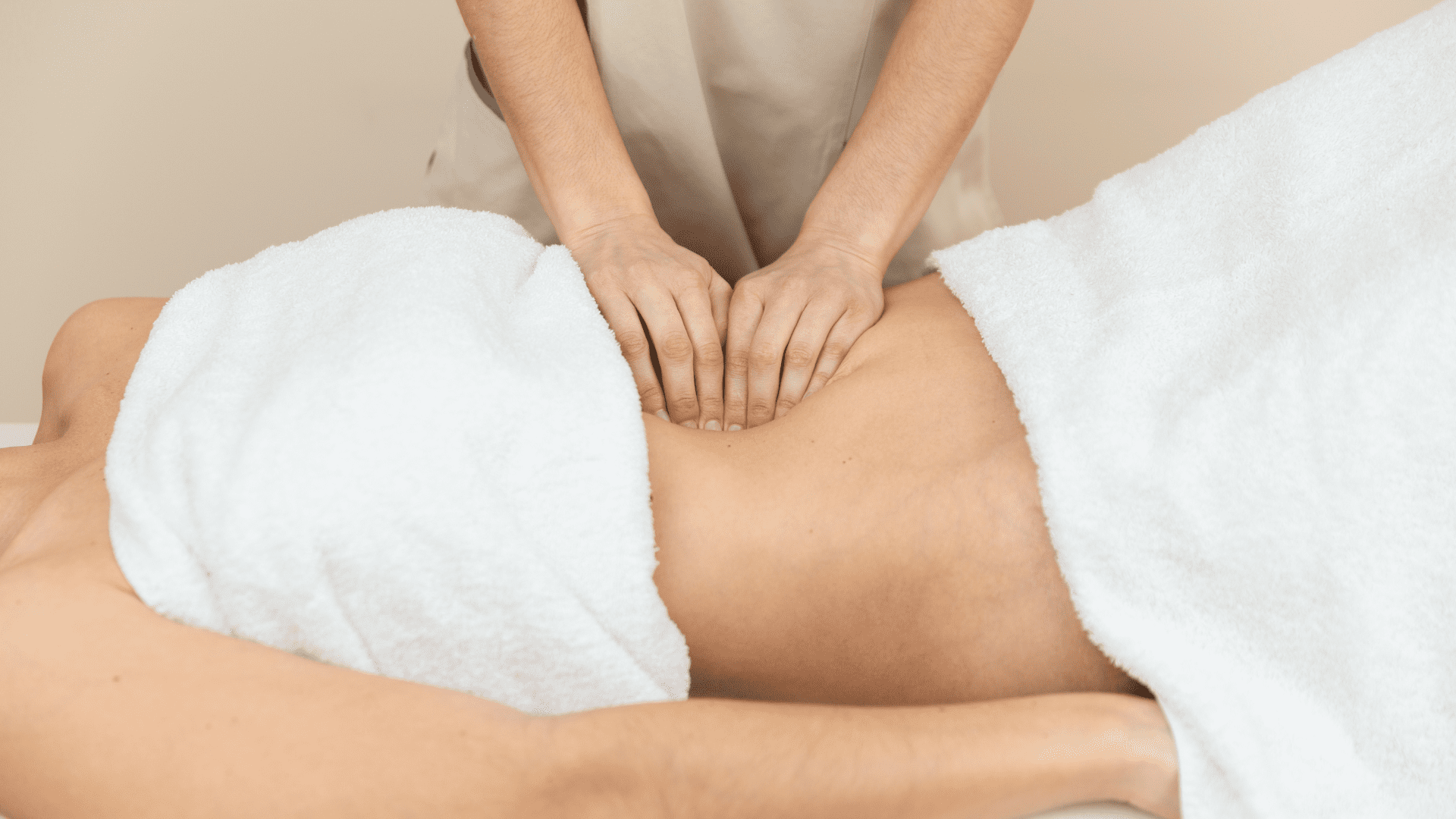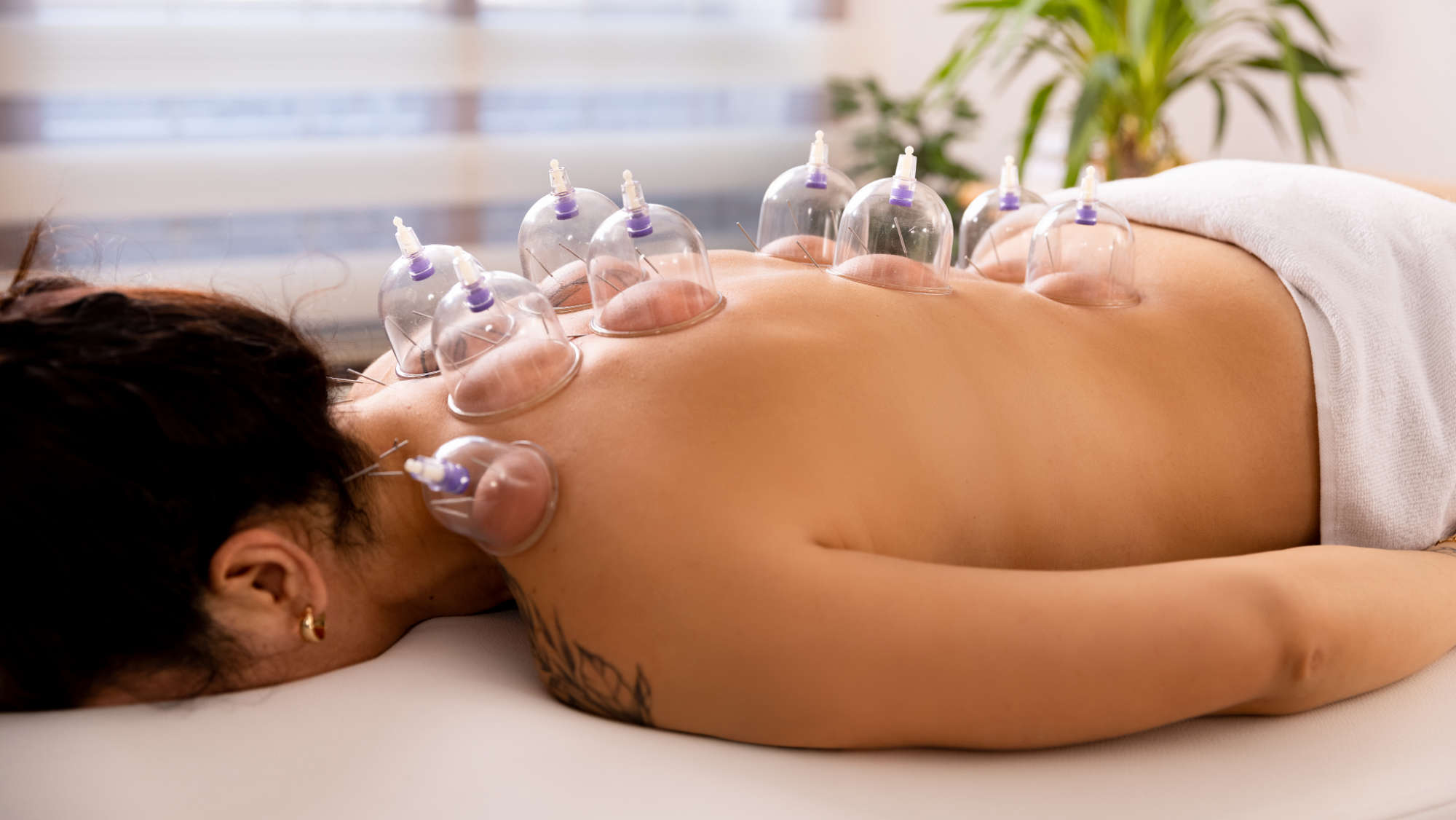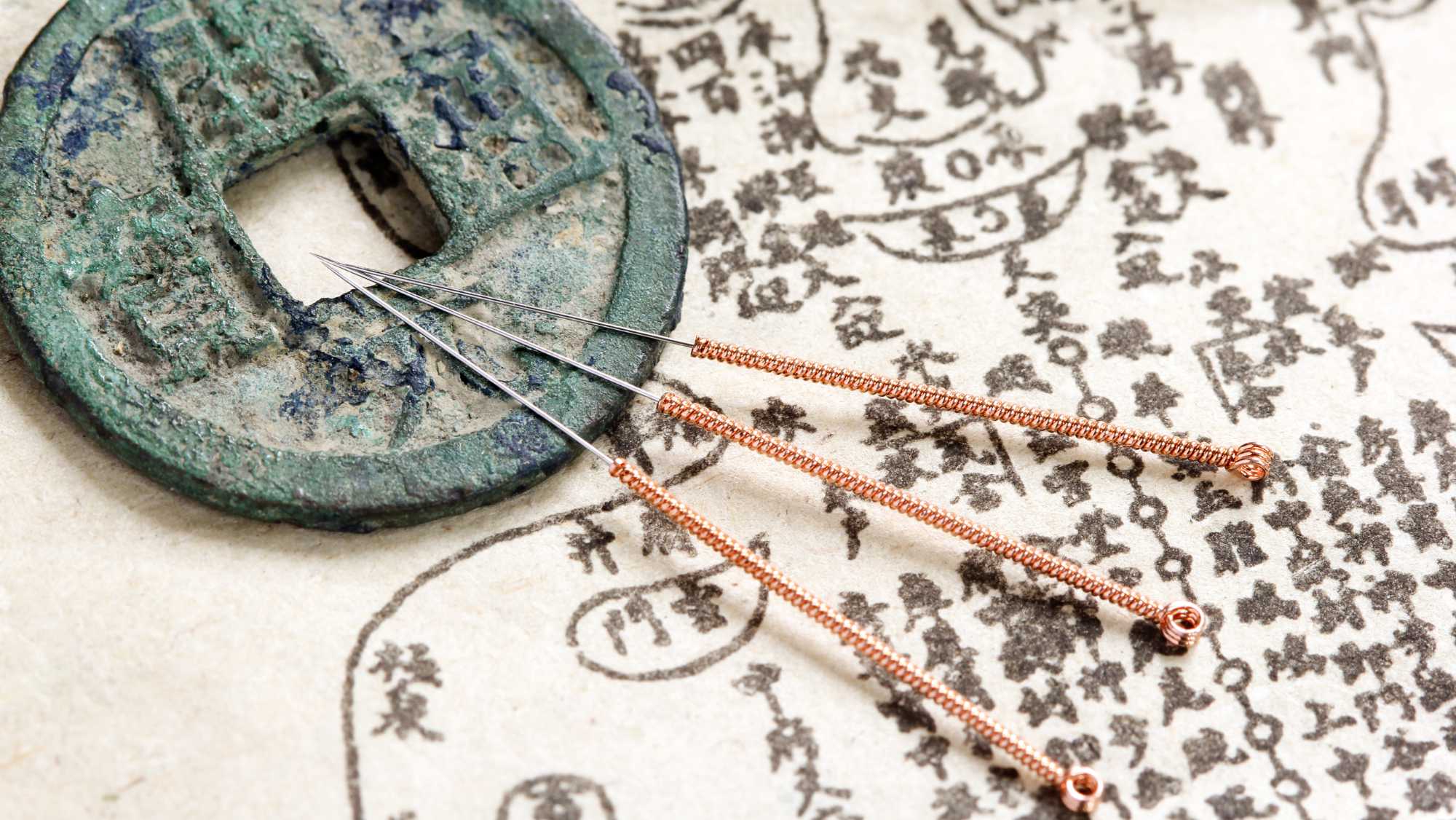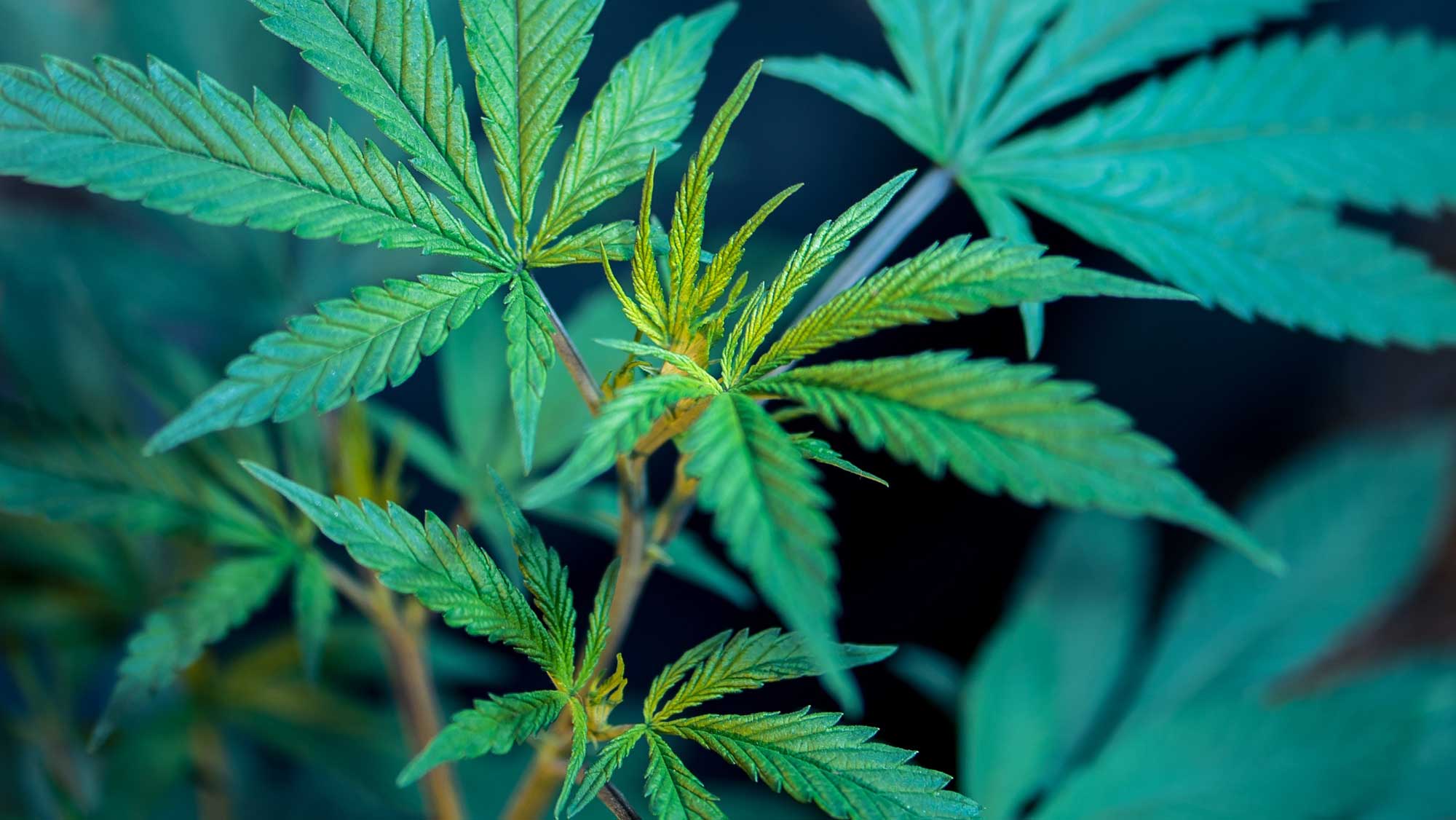Our Washington DC acupuncture patients are a cerebral bunch. They get pain relief on the acupuncture table, but their minds want more: they want to know how we choose acupuncture points. Not an easy task, but we sum up our methodology for physical pain here. This article is dedicated to all of our curious patients.
How many acupuncture points are on the body?
According to Traditional Chinese Medicine, there are as many as 2,000 acupuncture points. Most Chinese acupuncture points are on or near neural structures. This suggests to many that acupuncture works at least in part by stimulating the nervous system in beneficial ways.
Sometimes the acupoints are called “meridian points.” This is because they are located along invisible pathways in the body that acupuncturists call “meridians.” These meridians are sometimes described as energy highways, conducting and circulating energy throughout the body.
Others believe that they are maps that allow acupuncturists to send therapeutic signals via the nervous system, helping to direct blood flow to problem areas. More on meridians below.
What are channels or meridians?
Acupuncture is a highly effective therapy for pain relief, but how do we choose where to put the needles? Let’s start with meridians, or channels (we will use these two terms interchangeably here.) Traditional Chinese medicine has divided the body into 12 major anatomical sections called meridians or channels Simply speaking, a meridian or channel refers to a grouping of certain blood vessels, nerves and muscles. Each of these meridians also includes associated acupuncture points (acupoints).
For visual simplicity, the graphic below represents the 12 major acupuncture meridians of the body as lines. The points along the lines are the acupoints associated with each meridian
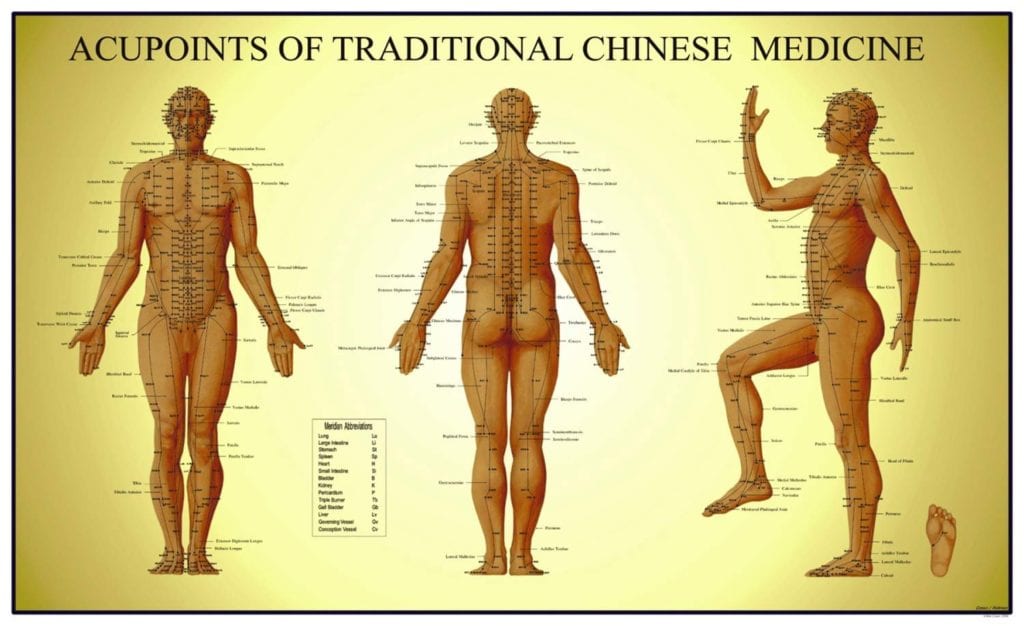
The 12 major meridians of the body are named for the organ to which they connect, and are called:
- Lung
- Spleen
- Heart
- Kidney
- Pericardium
- Liver
- Large Intestine
- Stomach
- Small Intestine
- Bladder
- Triple Burner
- Gallbladder
How the acupuncturist selects acupuncture points for pain relief in 3 steps
We choose acupuncture points according to how Traditional Chinese Medicine describes the interrelatedness of different parts of the body. The process can be broken down into 3 steps.
Step 1: Identify the “sick” meridian
To treat any type of painful condition, we must first identify the precise location of the pain. Identifying the location of the pain will show us what meridian is being affected and needs to be focused on for treatment.
Once we’ve established where the pain is located, the acupuncturist can identify the affected meridian(s). For example, pain in the shoulder and upper back is associated with the Bladder meridian. The image below from Donald Kendall’s Dao of Chinese Medicine illustrates the muscle groups associated with the Bladder meridian.
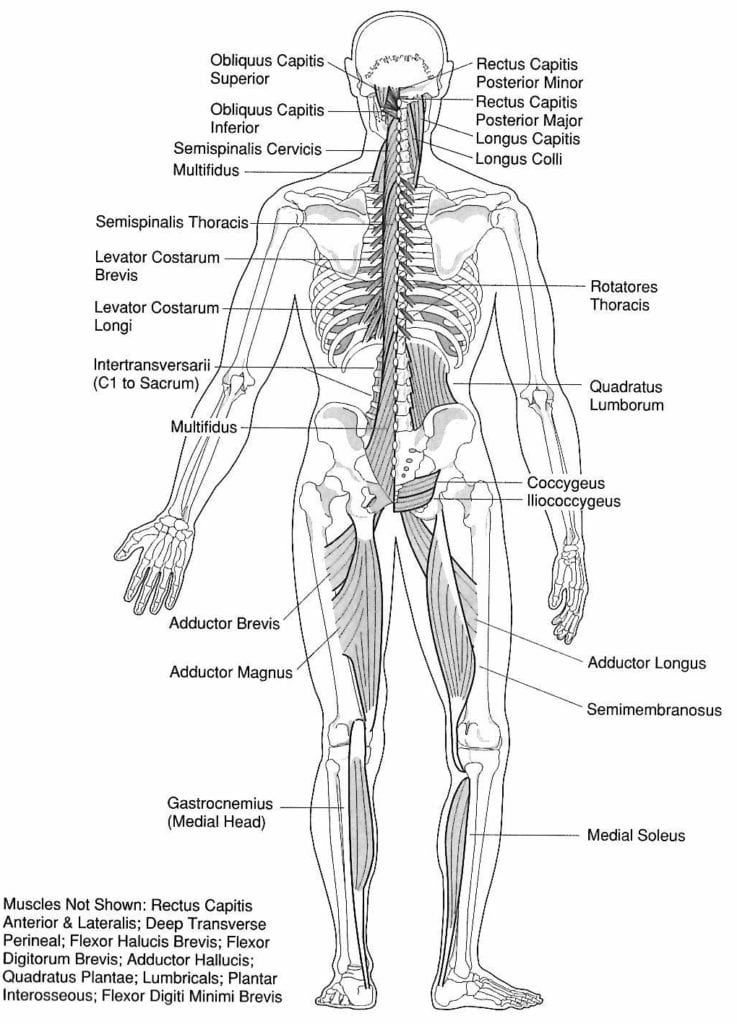
Step 2: Identify the meridians that balance the “sick” meridian
Once the acupuncturist identifies the meridian associated with the painful area, we can move on to the next step, which is selecting a meridian that will balance the “sick” meridian.
Each meridian is balanced by 5 other meridians. These meridian relationships come from the classic Chinese philosophical and medical text called the I Ching.
This text ties together basic philosophical concepts with observations about the natural world and the human body. Dr. Richard Tan is one of the foremost teachers of I Ching-based acupuncture in the US.
Table of meridian relationships
| Sick Meridian | System 1 | System 2 | System 3 | System 4 | System 5 | System 6 |
|---|---|---|---|---|---|---|
| Lung | Spleen | Bladder | Large Intestine | Bladder | Liver | Lung |
| Large Intestine | Stomach | Liver | Lung | Kidney | Stomach | Large Intestine |
| Stomach | Large Intestine | Pericardium | Spleen | Pericardium | Large Intestine | Stomach |
| Spleen | Lung | Small Intestine | Stomach | Triple Burner | Heart | Spleen |
| Heart | Kidney | Gallbladder | Small Intestine | Gallbladder | Spleen | Heart |
| Small Intestine | Bladder | Spleen | Heart | Liver | Bladder | Small Intestine |
| Bladder | Small Intestine | Lung | Kidney | Lung | Small Intestine | Bladder |
| Kidney | Heart | Triple Burner | Bladder | Large Intestine | Pericardium | Kidney |
| Pericardium | Liver | Stomach | Triple Burner | Stomach | Kidney | Pericardium |
| Triple Burner | Gallbladder | Kidney | Pericardium | Spleen | Gallbladder | Triple Burner |
| Gallbladder | Triple Burner | Heart | Liver | Heart | Triple Burner | Gallbladder |
| Liver | Pericardium | Large Intestine | Gallbladder | Small Intestine | Lung | Liver |
Step 3: Choose the acupuncture points
Now that we have identified one or more balancing meridians, we are ready to select acupoints along them. How do we know where on the meridian to treat? Remember, a single meridian has numerous acupoints associated with it. The answer has to do with the Chinese system of “body imaging.”
This system is familiar to many people in the form of foot reflexology, where the whole body is mapped onto the bottom of the foot, and the ailing part of the body is treated by manipulating the associated section of the foot. In acupuncture, a much broader range of body imaging is used.
Acupuncture body imaging is a correspondence where one part of the body is mapped onto another part of the body. For example you can “image” the torso onto the arm by transposing an image of the torso onto the arm. The graphic and chart below illustrate how this imaging is done.
Imaging—Head/Trunk to Limbs

| Where needled on leg | Pain in areas of Head & Trunk | Where needled on arm |
|---|---|---|
| Top of hip | Top of head | Top of shoulder |
| Hip joint | Neck, jaw, base of skull | Shoulder |
| Upper leg | Chest, mid-upper back | Upper arm |
| Knee | Waist, L2 | Elbow |
| Lower leg | Lower abs, back | Forearm |
| Ankle | Genitals, bladder, sacrum | Wrist |
| Foot | Genitals, coccyx, lower sacrum | Hand |
| Toe | Testicles, anus | Finger |
Imaging—Head to Limbs
The head can also be imaged onto the arms and legs.
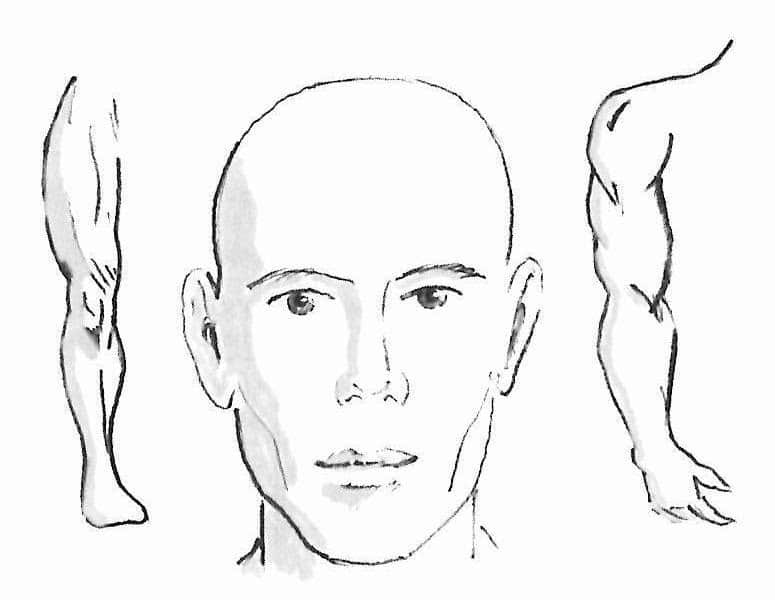
| Where needled on leg | Pain in head area | Where needled on arm |
|---|---|---|
| Hip joint | Top of head | Shoulder joint |
| Upper leg | Forehead | Upper arm |
| Knee | Eye, ear | Elbow |
| Lower leg | Nose level | Forearm |
| Ankle/foot | Mouth level | Wrist/hand |
| Toes | Chin level | Fingers |
Imaging—Reverse Imaging
Reverse imaging is another body imaging technique.
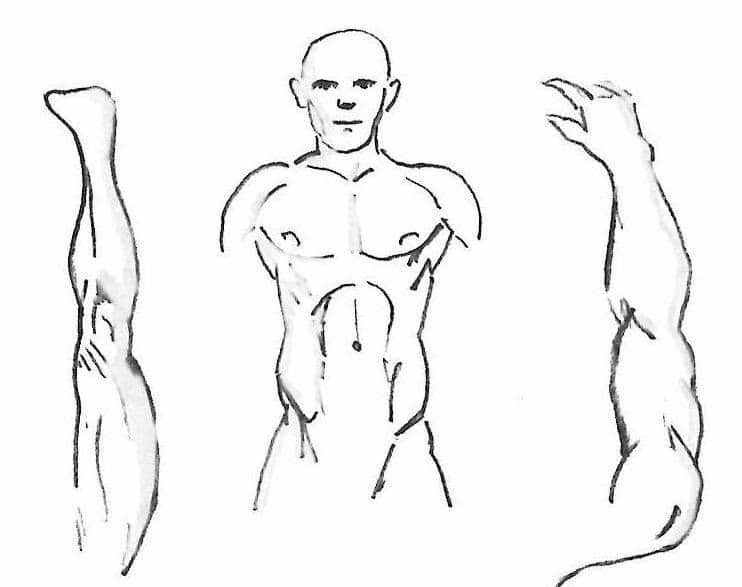
| Where needled on leg (reverse) | Pain in head or trunk area | Where needled on arm (reverse) |
|---|---|---|
| Toe | Top of head | Finger |
| Foot | Head, base of skull | Hand |
| Ankle | Neck | Wrist |
| Lower leg | Chest, mid-upper back | Forearm |
| Knee | Waist, L2 | Elbow |
| Upper leg | Lower abs, lower back | Upper arm |
| Hip joint | Sacrum, genitals, coccyx | Shoulder |
| Top of hip | Testicles, anus | Top of shoulder |
As a result of imaging and reverse imaging, acupuncture points can be selected from the knee down and elbow down to treat any pain condition in the body.
Imaging—Limb to Limb
We also have the option of imaging one limb onto another limb by using the standard imaging method or the reverse imaging method.
Imaging: limb to limb
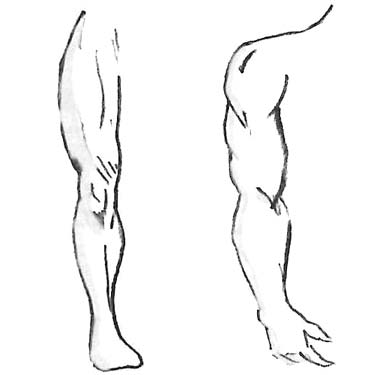
Imaging: limb to limb
Reverse imaging: limb to limb
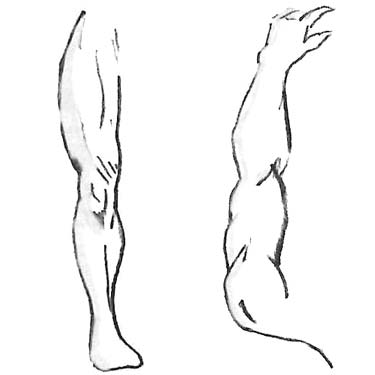
Reverse Imaging: limb to limb
(From Dr. Richard Tan’s Acupuncture 1, 2, 3)
Let’s take a look at a few case studies to see how this all works on a practical level.
A lower back pain case study as an illustrative example
A patient comes into the clinic complaining of pain in his lower back that is worse on the right side.
Step 1: Identify the “sick” meridian
First the acupuncturist asks the patient to identify the exact location of the pain. The patient points to the low back area on the right side.
Next the acupuncturist identifies what channels are affected. To do this we need to figure out which muscles are involved. In the area of the lower back we are mainly looking at the iliocostalis lumborum, quadratus lumborum, erector spinae and the multifidus muscles. These muscle groups are part of Bladder channel and the Kidney channel.
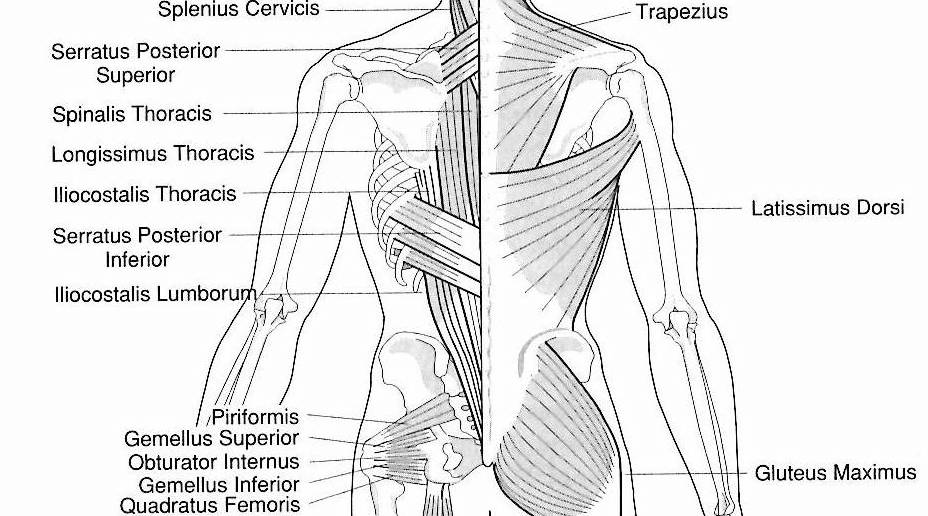
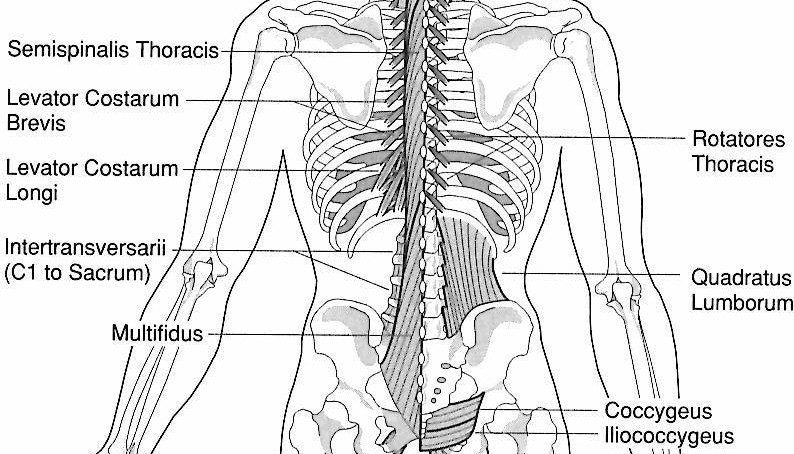
Step 2: Choose which channel(s) to treat
Now that we know what channels are being affected, we must choose which channels to needle based on the systems of relationships between channels. The channels related to the Bladder and Kidney channels according to the different systems are as follows:
| Sick Meridian | System 1 | System 2 | System 3 | System 4 | System 5 | System 6 |
|---|---|---|---|---|---|---|
| Bladder | Small Intestine | Lung | Kidney | Lung | Small Intestine | Bladder |
| Kidney | Heart | Triple Burner | Bladder | Large Intestine | Pericardium | Kidney |
In this instance, the Kidney channel appears on both lists, so it would be most convenient to choose to needle on the Kidney channel.
Step 3: Choose the acupuncture points
The Kidney channel traverses the medial aspect of the leg so we will transpose an image of the torso onto the leg, imaging the lower back onto the ankle/lower calf area.
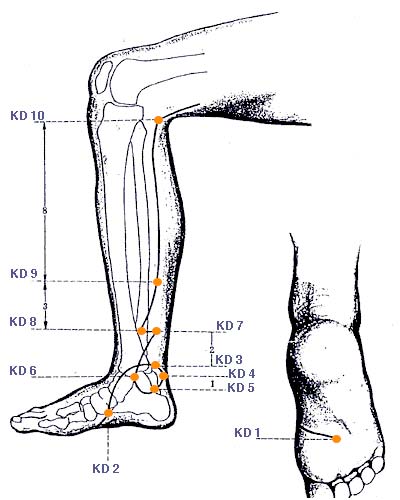

| Where needled on leg | Pain in areas of Head & Trunk | Where needled on arm |
|---|---|---|
| Top of hip | Top of head | Top of shoulder |
| Hip joint | Neck, jaw, base of skull | Shoulder |
| Upper leg | Chest, mid-upper back | Upper arm |
| Knee | Waist, L2 | Elbow |
| Lower leg | Lower abs, back | Forearm |
| Ankle | Genitals, bladder, sacrum | Wrist |
| Foot | Genitals, coccyx, lower sacrum | Hand |
| Toe | Testicles, anus | Finger |
First, we will needle along the Kidney channel in the lower leg area on the left side. Remember, most pain travels along a contralateral pathway, so we will start with needling on the opposite side from the pain. If the patient does not observe an effect, we will then needle the Kidney channel on the same side as the pain.
At this point, the patient should be noticing an alleviation of the pain. If no relief is obtained, we will then begin to utilize the channel relationships to choose another channel to place needles on until we get the desired therapeutic result.
Acupuncture: a very results-oriented approach to pain relief
The results of these needle placements are very effective, oftentimes creating immediate pain relief, increased range of motion, and muscle relaxation that is empirically evident to both the patient and practitioner. (Our admin staff enjoys watching patients test out their newfound range of motion at the checkout counter.)
In the introduction to his book, Acupuncture 1, 2, 3, Dr. Richard Tan quotes a traditional medical saying regarding the effectiveness of acupuncture: “Li Gan Jian Ying.” This translates as “Stand a pole under the sun, and you should immediately see its shadow.” This statement reminds us that when the acupuncture point selection is accurate, the results should be obvious and instantaneous.
So how does acupuncture needling actually relieve pain?
Acupuncture research is limited, and as a result, the physiological mechanism by which acupuncture alleviates pain is undetermined. Many theorize that acupuncture helps to “retrain” the nervous system and brain, resulting in:
- pain reduction,
- muscle relaxation,
- injury healing.
Needling certain points is a way to communicate with the brain via the nervous system. Certain points will inform the brain to increase blood flow and a range of healing agents to the ailing area. See our article on Acupuncture for Pain Relief for the full story.
Why specific points work to alleviate pain in specific areas of the body is not yet fully understood. It is an area for further research and exploration. As acupuncture integrates further into western culture, our hope is that scientific research will make strides into understanding more precisely how it works.
Our bodies have great potential for healing. Acupuncture is a modality that unlocks that potential, thereby offering a powerful, effective option for lasting pain relief.
What to do if you’re struggling with physical pain
If you live in the Washington DC area and are looking to heal pain naturally, we can help. Here’s what you can do:
- Read more about our acupuncture sessions.
- Let us help you find out if your health insurance policy will reimburse you for our services. Just fill out our short online Acupuncture Benefits Verification Form.
- Give us a call at (202) 297-7404 or Schedule an appointment online.



